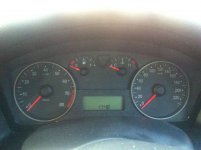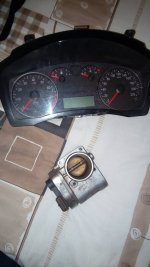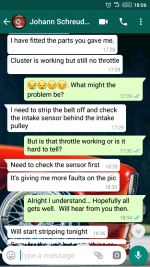Gift
New member
- Joined
- Nov 13, 2017
- Messages
- 25
- Points
- 7
Greetings everyone
I've been having issues with my cluster so I'm purchasing a new one tomorrow for my Fiat Stilo 1.6i 16v. The current one goes on and off, at times just remains dead for days. I posted about it a while back then someone suggested I can find a guy in the group to repair it for me.
Unfortunately I'm all the way in South Africa and Stilo ain't very popular. But I found an a good second hand one from another Stilo so will make the purchase tomorrow after work.
My question is, when changing the cluster, are there any settings I should be aware of that need to be done or is it just a plug and play scenario? Do I just take the new one, fit it in and will it function 100%?
Kind Regards
Gift.
I've been having issues with my cluster so I'm purchasing a new one tomorrow for my Fiat Stilo 1.6i 16v. The current one goes on and off, at times just remains dead for days. I posted about it a while back then someone suggested I can find a guy in the group to repair it for me.
Unfortunately I'm all the way in South Africa and Stilo ain't very popular. But I found an a good second hand one from another Stilo so will make the purchase tomorrow after work.
My question is, when changing the cluster, are there any settings I should be aware of that need to be done or is it just a plug and play scenario? Do I just take the new one, fit it in and will it function 100%?
Kind Regards
Gift.




